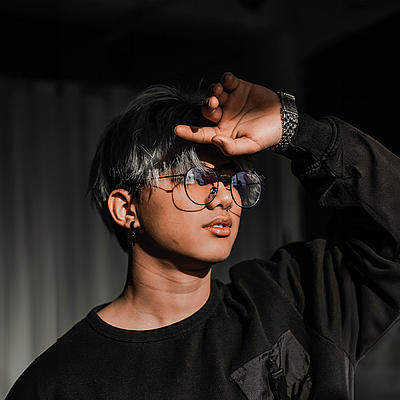|
Unit Contribution Margin
|
Explanation: The contribution margin per unit of a product sold.
|
|
|
Calculation: Sales price per unit - variable costs per unit.
|
|
|
Benefit: Helps to analyze the profitability of individual product units.
|
|
Total Contribution Margin
|
Explanation: The sum of all unit contribution margins for a specific product or product line.
|
|
|
Calculation: Unit contribution margin × quantity sold.
|
|
|
Benefit: Indicates the overall profitability of a product or product line.
|
|
Contribution Margin Ratio
|
Explanation: The contribution margin as a percentage of sales revenue.
|
|
|
Calculation: (contribution margin / sales revenue) × 100.
|
|
|
Benefit: Provides a comparison of the profitability of different products or services as a percentage.
|
|
Direct Costing
|
Explanation: A method in which only the variable costs are used to determine the contribution margin.
|
|
|
Benefit: Facilitates short-term decision-making, especially in pricing and production planning.
|
|
Multi-stage Contribution Margin Accounting
|
Explanation: An extended form of contribution margin accounting in which the fixed costs are divided into several stages.
|
|
|
Calculation: Total contribution margin - division fixed costs = division contribution margin; division contribution margin - company fixed costs = company contribution margin.
|
|
|
Benefit: Enables a more detailed analysis of the cost structure and profitability at different levels (e.g. product, product group, company).
|
|
Single-level Contribution Margin Accounting
|
Explanation: Single-level contribution margin accounting considers the contribution margin as the difference between sales revenue and variable costs. Only a single stage is considered, in which the fixed costs as a whole are deducted from the contribution margin.
|
|
|
Calculation: contribution margin=sales revenue-variable costs; operating result=contribution margin-fixed costs
|
|
|
Benefit: This method is quick and easy to implement. It is well suited for short-term decisions and for companies with a manageable cost structure.
|
|
Product Group Contribution Margin
|
Explanation: The contribution margin for a group of related products.
|
|
|
Calculation: Sum of the contribution margins of all products in the group.
|
|
|
Benefit: Shows the profitability of entire product groups and supports portfolio optimization decisions.
|
|
Division Contribution Margin
|
Explanation: The contribution margin of a specific business division or department.
|
|
|
Calculation: Total contribution margin of a division - division fixed costs.
|
|
|
Benefit: Helps to evaluate the profitability of individual business units and the allocation of resources.
|
|
Company Contribution Margin
|
Explanation: The total contribution margin of the entire company after deduction of all fixed costs.
|
|
|
Calculation: Sum of all divisional contribution margins - company fixed costs.
|
|
|
Benefit: Provides an overview of the company's overall profitability and serves as a basis for strategic decisions.
|
|
Absolute Contribution Margin
|
Explanation: The absolute contribution margin is the total amount that a product, service or business unit contributes to covering fixed costs and generating a profit. It is expressed in absolute figures.
|
|
|
Calculation: Sales revenue - variable costs.
|
|
|
Benefit: The absolute contribution margin indicates the actual amount available to cover fixed costs and maximize profit. It is helpful for assessing profitability in concrete monetary terms.
|
|
Relative Contribution Margin
|
Explanation: The relative contribution margin puts the contribution margin in relation to a reference value, usually time or resource utilization. It indicates how efficiently a product or service contributes to covering fixed costs and maximizing profits in relation to a specific resource (e.g. production time, use of materials).
|
|
|
Calculation: Absolute contribution margin / reference value (e.g. number of units, working hours).
|
|
|
Benefit: The relative contribution margin helps to compare the efficiency and productivity of different products or services. It is particularly useful when resources are scarce and the optimal allocation of these resources must be decided.
|




















